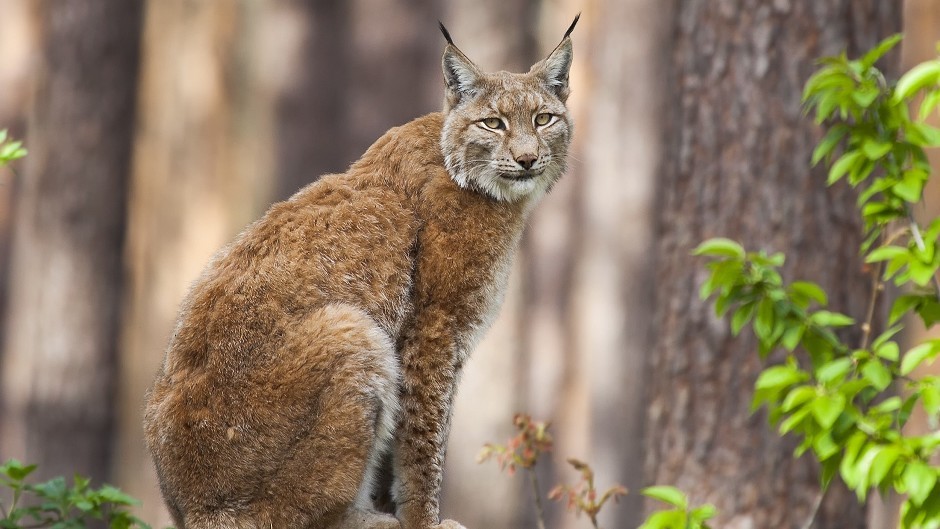Scottish landowners have raised concerns over controversial proposals to reintroduce the lynx into the British wild after 1,300 years.
The Lynx UK Trust has been asking landowners, farmers, gamekeepers and conservation groups for their views on bringing the wild cat back into the ecosystem.
The animal was eradicated centuries ago to help balance out deer overpopulation and its “damaging effects” on forestry and agricultural crops.
But the trust claims taking it back into the wild could boost eco-tourism by millions of pounds, create hundreds of jobs, and help farmers and forestry businesses save hundreds of thousands of pounds via reductions in deer damage.
If reintroduction is backed, trial sites would be established in Aberdeenshire, Argyll, Northumberland, Cumbria and Norfolk.
In response to a consultation carried out by the trust, the Scottish Land and Estates group has now raised fears that all the evidence so far does not back reintroducing the animals into the wild.
While the group agrees that bringing back the furtive felines to Scotland is a topic worthy of debate, it has doubts about the creature’s effect on livestock, ecological benefits and the general public’s attitude towards the animals.
Anne Gray, policy officer at Scottish Land and Estates said: “The suggestion to reintroduce lynx has already received significant media attention but we do not believe the evidence provided currently supports such a proposal.
“We have a varied membership, a number of whom are focused on conservation as their primary activity, but the importance of traditional businesses such as agriculture and forestry to our membership and rural areas needs to be taken account of.
“It is not clear how extensively lynx would impact on such sectors and we feel that the Lynx UK Trust’s proposal downplays some of the possible negatives that may arise.
“We also have to think about existing native species that are struggling to hang on, such as the Scottish wildcat and the red squirrel.
“Scottish Land and Estates support projects that are critical to the long-term survival of both these species and we wouldn’t want to see limited resources being diverted away from this work.”
Lynx UK Trust could not be reached for comment yesterday.
